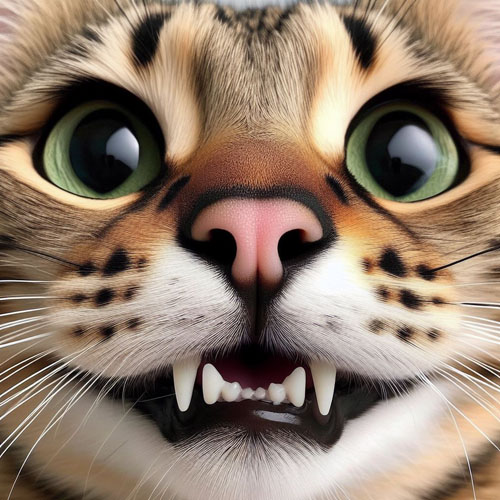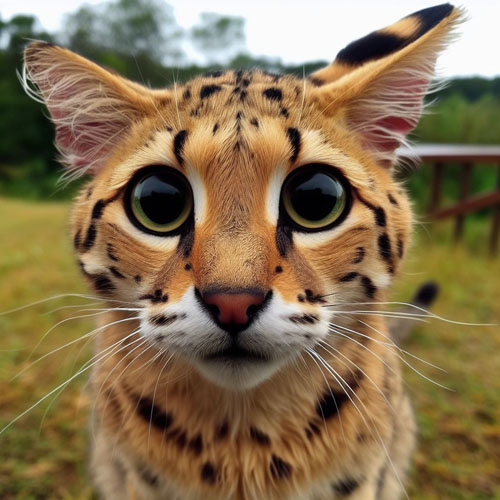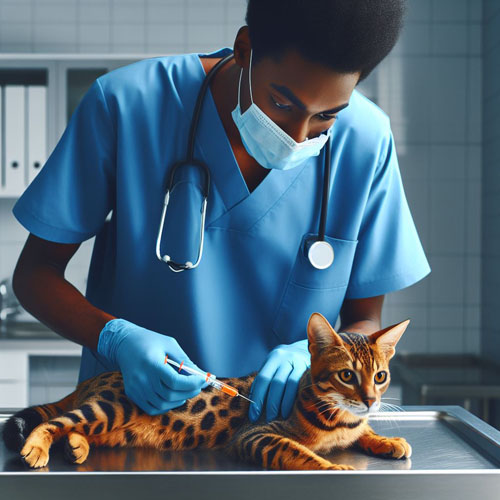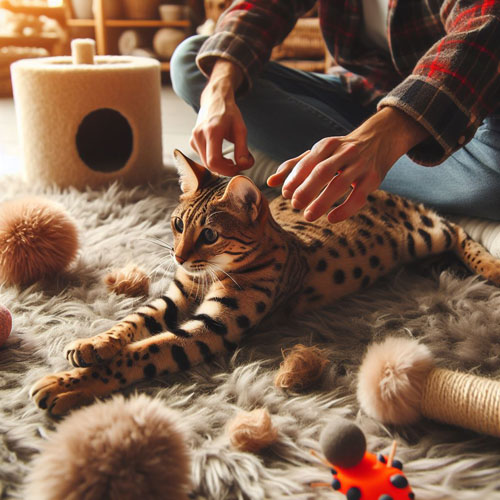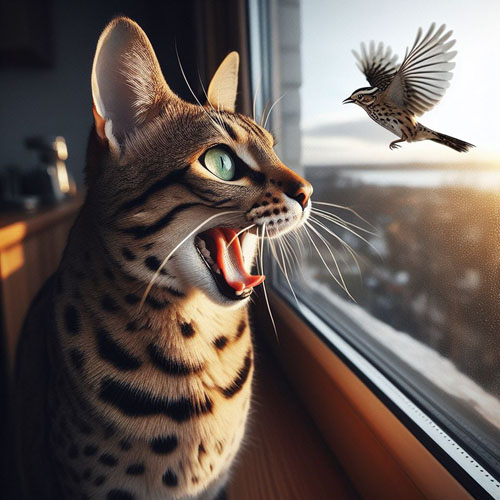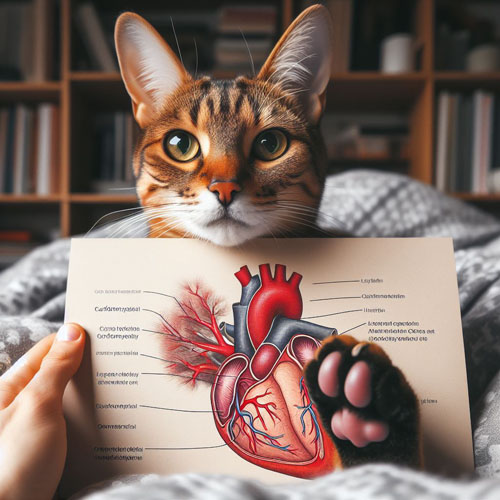DE-CLAWING: THE FACTS & ALTERNATIVES
Why are a cats claws so important?
Felines are one of the most well designed and graceful animals. Cats’ claws are essential for various reasons. One important aspect is grooming. That is not all done with the tongue. They help cats defend themselves against predators, climb trees, and maintain their balance. Claws also serve as a grooming tool, helping cats clean themselves and remove dead skin and debris from their fur. Additionally, cats use their claws to mark their territory through scratching, which leaves both visual and olfactory cues. Claws are crucial for a cat’s overall well-being and should be properly cared for through regular trimming and providing appropriate scratching surfaces.
What is a declaw surgery procedures?
“Onychectomy”, is the most common method of declawing a cat, and is the actual amputation of the claw AND THE COMPLETE END TOE BONE JOINT. Cat declawing surgery is a controversial topic and is considered to be an inhumane procedure. The surgery involves the amputation of a cat’s claws, and it can lead to various complications and negative effects on the cat’s physical and mental well-being. Many countries have banned declawing surgery, and organizations advocate for alternatives such as providing scratching posts and regular nail trims. It is important for cat owners to be aware of the ethical concerns and potential harm associated with declawing surgery before considering it as an option. It is against the law in the United States to declaw wild cats and the first 4 generations of hybrids cats like the Savannah.
What are the consequences of declawing a cat?
There are several consequences of declawing a cat, including pain, infection, behavioral issues, and changes in balance and mobility. Declawing involves the amputation of the last bone in each toe, which can cause chronic pain and discomfort for the cat. It can also lead to infection, as the surgical wounds are prone to bacteria. Additionally, declawed cats may develop behavioral issues such as aggression or litter box avoidance. The removal of the claws also affects their balance and mobility, making it difficult for them to climb or defend themselves.
Are there alternatives to declawing a cat?
If you’re tired of sharing your home with a Savannah cat that constantly scratches and damages your furniture and belongings, there’s a solution. Most cats can be trained to use a tall, sturdy piece of cat furniture for their scratching needs. It’s important to understand why your cat scratches and to place the furniture in the right spot to ensure success. Declawing a cat is a controversial and often considered inhumane procedure. However, there are several alternatives available to prevent scratching and protect furniture. These alternatives include regular nail trimming, providing scratching posts and boards, using soft nail caps, using deterrent sprays or tapes, and training the cat to use appropriate scratching surfaces. It’s important for cat owners to explore these alternatives before resorting to declawing as it can cause both physical and behavioral problems for the cat.
